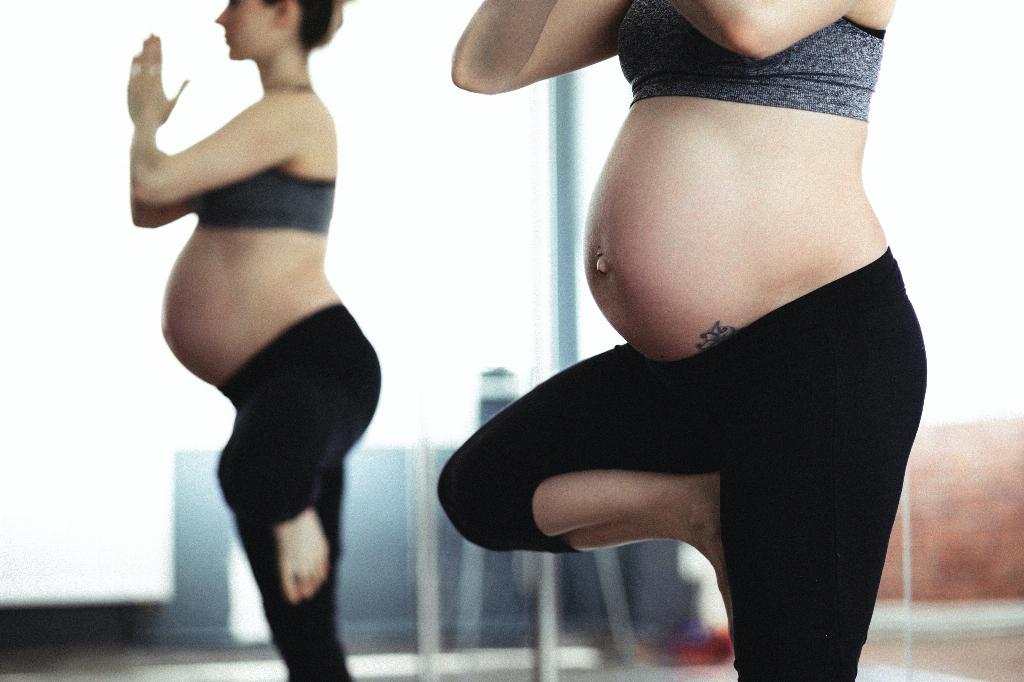Swimming can be a fantastic way to ease back into physical activity after giving birth. It offers a gentle, low-impact workout that can help you rebuild your strength and stamina. However, it is crucial to listen to your body and follow your doctor’s recommendations. Most healthcare providers suggest waiting at least four to six weeks postpartum before jumping into the pool.
One of the main reasons for this waiting period is to allow your body to heal properly. After giving birth, your body goes through significant changes, and it is important to give it the time it needs to recover. By waiting those four to six weeks, you give your vaginal discharge, known as lochia, the chance to taper off completely. This discharge is a normal part of the postpartum period, and swimming too soon could increase the risk of infection.
When you swim four weeks postpartum, it is essential to be mindful of your body’s signals. Pay attention to any discomfort, pain, or unusual sensations. If you experience any of these symptoms, stop swimming immediately and consult your healthcare provider. It is crucial not to push yourself too hard and to take things slowly as you get back into your fitness routine.
Another factor to consider when swimming four weeks postpartum is the impact on your pelvic floor muscles. During pregnancy and childbirth, these muscles undergo significant stress and stretching. Swimming can be an excellent way to strengthen these muscles gently, but it is vital to start slowly and gradually increase the intensity of your workouts.
It is also essential to ensure that you are fully recovered from childbirth before hitting the pool. Your body needs time to repair any tears or incisions, and swimming too soon could disrupt this healing process. If you had a cesarean section, in particular, make sure to follow your doctor’s guidance on when it is safe to start swimming again.
Swimming can be a fantastic way to relieve stress and improve your mood, which is crucial for your overall well-being postpartum. The water’s buoyancy can help alleviate any joint pain or discomfort you may be experiencing, making it an excellent choice for new moms looking to stay active and healthy.
Before you start swimming postpartum, it is essential to ensure that your incision or any tears you may have are fully healed. Water in pools can contain bacteria that could cause infection in open wounds, so make sure to wait until your skin has completely closed up before taking a dip.
When swimming four weeks postpartum, be sure to wear proper swim attire and maintain good hygiene practices. Rinse off before and after swimming, and avoid staying in wet clothing for an extended period. These simple steps can help reduce the risk of any infections or complications.
Remember that every woman’s postpartum journey is unique, so it is essential to listen to your body and do what feels right for you. If you have any concerns or questions about swimming postpartum, don’t hesitate to reach out to your healthcare provider for guidance and support.
In conclusion, swimming can be a fantastic way to stay active and start rebuilding your strength after giving birth. By waiting four weeks postpartum before hitting the pool, you give your body the necessary time to heal and reduce the risk of complications. Remember to take things slowly, listen to your body, and prioritize your well-being as you embark on this exciting new chapter of motherhood.

